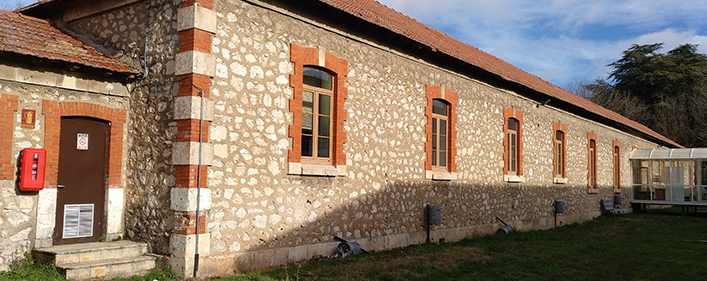- The European Bresaer project combines energy insulation with solar panels and artificial intelligence

The European research project entitled Bresaer, led by Spanish multinational ACCIONA, is developing an intelligent façade that will allow energy rehabilitation of buildings to turn them into homes and offices with near-zero energy consumption.
The result will be a 30% reduction in energy consumption for heating and air conditioning while the façade itself will cover 15% of the electricity demand. The thermal comfort and air quality in the building will also be enhanced.
The project contemplates the development of a new type of envelope, which will be superimposed on the façades and roofs of the buildings to be rehabilitated. The envelope will be composed of a number of prefabricated modules that are adapted to the building conditions (weather, uses, orientation, shade, etc.).
It will combine 'passive' measures to improve thermal insulation and 'active' measures such as the installation of solar panels.
This façade will also be equipped with Artificial Intelligence and Internet of Things systems so that each of the modular elements of the façade can adapt in real time to how the property is used and to external weather conditions. In this way, the envelope will 'intelligently' adjust the energy produced by the solar panels, store it, and move the shade components of the façade to regulate natural light, etc.
The project covers the design of the modules and standardisation so that they can easily be prefabricated on an industrial scale and, after a specific study of each property, installed on the façade and roof in a much shorter time and much more easily than with a standard rehabilitation.
The modules are easy to install and combine high performance thermal insulation materials, photovoltaic panels, windows with solar protection systems that provide shade or thermal insulation as needed, and photocatalytic paint that repels excess heat and is self-cleaning.
The BRESAER technology is accompanied by a Building Energy Management System (BEMS) that monitors and controls the envelope's active components and the building's energy installations, integrating simulation-based control techniques that optimally automate management of the facilities.
The final goal is to transform the rehabilitated building into a Near-Zero Energy Consumption Building by cutting heating and cooling demand by 30%, increasing the solar contribution to climate control by 35%, and meeting 15% of the electricity demand via photovoltaic panels. The investment in rehabilitation is expected to be recovered in seven years.
The system, which will be tested on a building at the University of Burgos, will be adaptable to a wide range of buildings and climates — including buildings with non-standard geometries — since the panels and structure are adaptable in size (a photogrammetry scan of the building is required) and the system is aesthetically versatile, so it can be adapted to a range of urban environments.
Context
At present, 84% of Spain's building stock is inefficient in energy terms, according to a survey by EuroACE, the European Alliance of Companies for Energy Efficiency in Buildings.
Seventy per cent of Spain's existing housing stock was built between the 1970s and the 1990s, and most of the buildings have Building Energy Ratings (BER) of E, F or G. These building represent a major market for conventional refurbishment and also for energy rehabilitation using technologies such as Bresaer.
According to data from Spain's Institute for the Diversification and Saving of Energy (IDAE), residential and services buildings account for 30.4% of Spain's energy consumption, and two-thirds of buildings' energy consumption is for heating, cooling and ventilation. Sixty-six per cent of buildings' energy consumption is used for heating, cooling and ventilation.